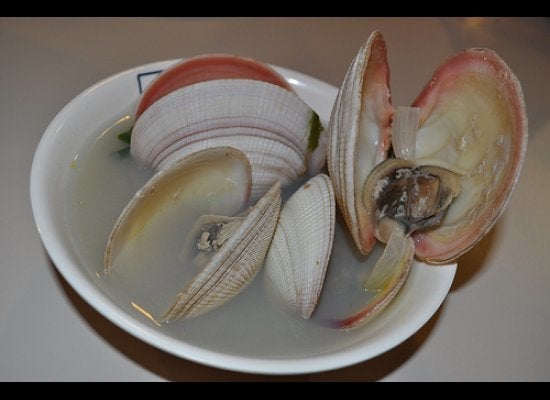As if you needed another reason to cringe at the number of coal-fired power plants operating on our fragile Earth, a new study published in Nature Geoscience links power plants in China and India to the ever-increasing mercury levels of fish in the Pacific Ocean.
According to the Los Angeles Times, scientists from the University of Michigan and University of Hawaii traced the chemical “fingerprint” of mercury found in nine species of fish present in the North Pacific Subtropical Gyre, the largest ecosystem on the planet (also home of the Great Pacific Garbage Patch). They concluded that the mercury contamination originated from coal-fired power plant emissions in Asia.
When mercury is emitted into the atmosphere from these power plants, winds carry it thousands of miles across the sea, where rainfall deposits it in the ocean water. While most of the mercury in shallow water is eliminated by sunlight-driven chemical processes, bacteria found in deep water converts mercury into monomethylmercury, a compound that collects in animal tissue and is highly toxic to humans. Deep water fish like tuna and swordfish, therefore, contain far higher levels of mercury in their systems.
China and India have a staggering number of coal-powered plants, and Asia as a whole releases nearly 50 percent of global mercury emissions. According to the World Resources Institute, another 1,100 coal-fired plants are planned for construction around the globe, and 76 percent of those plants would be built in China and India.
Mercury has been known to cause serious health problems in humans and animals. It was discovered to be dangerous in 1956, when over 2,000 people incurred mercury poisoning in Minamata, Japan, after a chemical company leaked huge levels of methylmercury into industrial wastewater. Cats displayed erratic behavior, birds fell from the sky, and fish carcasses floated on top of the surrounding waters. Residents began suffering convulsions, loss of motor and cognitive skills and death.
While the epidemic was due to severe poisoning, today the FDA still warns of consuming too much mercury. Risks are particularly high for children and pregnant women, but anyone who consumes or absorbs too much is at risk of neurological and respiratory repercussions, among others.
The study’s findings do not bode well for fish, fishermen or their customers. In Hawaii, the commercial fishing industry sees about a half-billion dollars in annual sales, supplies 11,000 jobs, and exports seafood all over the globe. The recreational fishing industry earns the state about another $700 million in sales. A recent study found that 84% of the world’s fish contain elevated levels of mercury, and the number will only rise. Power plants are popping up across the globe as third world nations develop. So who will blink first, seafood lovers or the coal power industry? Probably neither, so watch what you eat.
The Natural Resources Defense Council provides a sustainable seafood guide that breaks down mercury levels in commonly-consumed fish.
